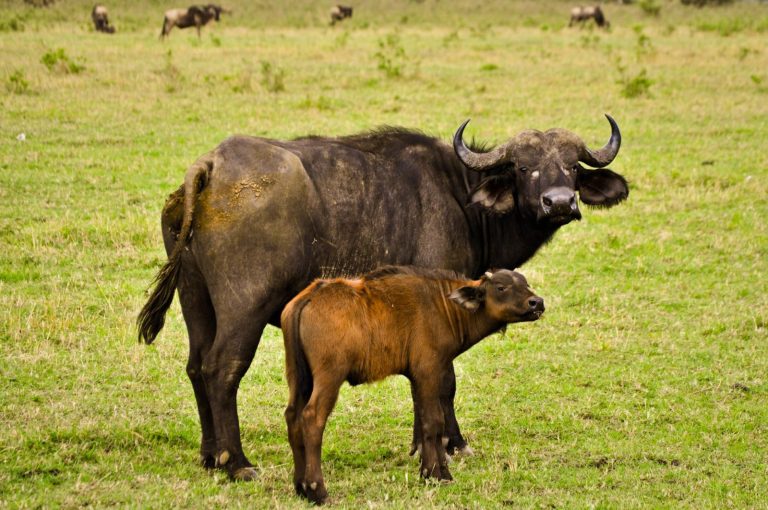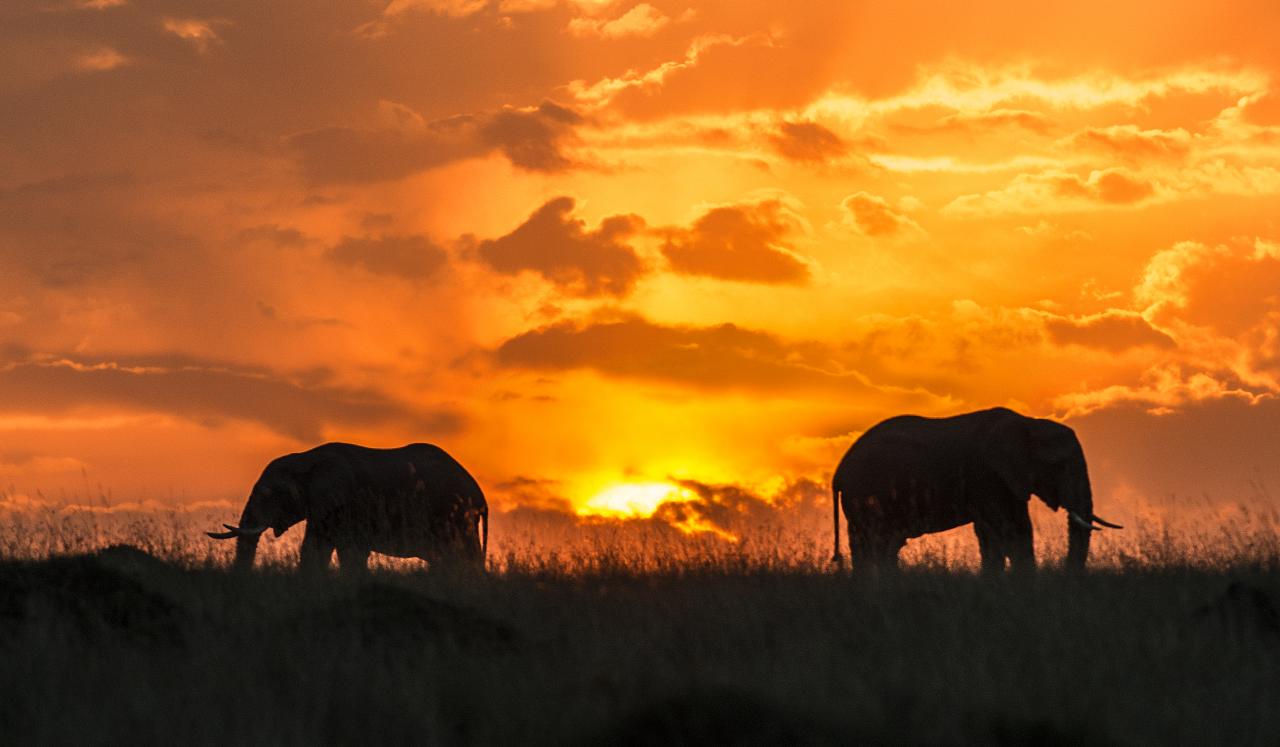
Serengeti Safari
The Serengeti safari covers in ten days a selection of the best that Northern Tanzania has to offer for the wildlife enthusiast – Arusha National Park for a walking safari, Tarangire Park, Ngorongoro Crater and the Highlands, Lake Manyara and the Serengeti itself.
Overview
The Serengeti safari covers in ten days a selection of the best that Northern Tanzania has to offer for the wildlife enthusiast – Arusha National Park for a walking safari, Tarangire Park, Ngorongoro Crater and the Highlands, Lake Manyara and the Serengeti itself.
The Serengeti is one of the most famous parks in Africa, renowned for its endless plains, rich grazing grounds and a high concentration of predators, plus of course the Great Migration of over a million wildebeest through the Rift Valley
The Serengeti has a big reputation as a safari destination, and it never fails to surpass expectations. Days spent driving round its huge expanse is an experience in itself, but the wider area is also fascinating from a cultural perspective.
What Our Adventurers Think:
Just a quick email of thanks regarding our recent trip to Tanzania. We had an unforgettable experience both on safari and during our Kilimanjaro climb. The communication and advice from you guys in the office was first class pre trip and Castro and the team in Moshi were great too. Tom & Sarah, UK
Serengeti Safari Itinerary
Collect from Kilimanjaro airport and transfer to hotel in Arusha.
Walking Safari in Arusha National Park, a great start to the holiday. You will be led and supported by an armed Ranger. Hotel.
Drive to Mto wa Mbu and Twiga Hotel. Then a day exploring Tarangire National Park.
Lake Manyara Park.
Drive to Serengeti National Park across the Ngoronogoro Highlands. Three days spent exploring this huge park and either camping or staying in a guesthouse in the park.
Leave the Serengeti and drive to the Ndutu area for a game drive and then enter the Ngorongoro Conservation Area for dinner and overnight at Ngorongoro Simba camp.
Dawn safari in the famous Ngorongor Crater and a whole day exploring this remarkable location. Dinner and overnight in the Simba Camp.
Morning drive back to either Arusha, Moshi or drop off at the airport for onward travels.
Ready for an Adventure of a Lifetime?
Choose a scheduled date or contact us to set up private dates or a bespoke itinerary. The minimum deposit is £100.00 and the balance is due four weeks before travel.
Fixed Itineraries
No upcoming trips found.
Private Itineraries
Our Serengeti Safari Experts
Serengeti Safari Cost
Serengeti safari cost is £1645.00 for this itinerary on this web page based on five people travelling, but most itineraries are flexible and custom made according to different preferences.
INCLUDES
- All accommodation during safari (hotel, lodge and camping) based on twin or double rooms and shared tents.
- Airport transfers
- All Park, transit and Crater fees, and camping fees
- All meals on safari except in the towns
- Professional driver and guide
- Safari vehicle and all equipment needed for the safari.
EXCLUDES
- International Travel
- Visa and travel insurance
- Personal costs and meals in town, e.g Moshi and Mto wa Mbu
- Staff tips
Where to Stay in the Serengeti
The Serengeti is best suited to mobile camps, and we would use lightweight safari camps that stay in the campsites while the vehicles go out looking for wildlife. Another option is to use the Taj guesthouse which is not luxury but has ensuite bedrooms, a cooking area and is right in the middle of the park. Our staff would then provide the meals.
For the more expensive accommodation there are numerous tented camps and lodges in the park, such as Kubu Kubu Tented Camp which is very special.
Everything depends on budget and what type of experience you would want, we can advise on what are the best options.
Best Time to Visit the Serengeti
Game viewing in the Serengeti is possible any time of the year, but April and May have the heaviest rains. At this time however the lodges offer very good value and the game is of course still there. January to March are excellent times, and July to November, when the herds are crossing the Mara river.
Serengeti Safari Game Driving
The days are filled with game driving, best starting early at dawn when the animals are still hunting. There are no night safaris allowed in the park, but there are some private reserves where night drives and walking safaris are allowed.
What to Wear on a Tanzanian Safari
For your safari you need to consider the elements and ensure you have clothing which will suitably protect you from the sun (suncream, hat, sunglasses, long sleeves, loose fitting and a neutral colour), rain (light jacket) and dust (bandana or scarf). If you are visiting some of the local villages then ladies should ensure that shoulders are covered and shorts are not too short, perhaps bring a sarong. Ngorongoro Crater can be cooler than the surrounding areas so a jumper or fleece is needed, especially when you leave early in the morning. Good binoculars are very useful with your photographic equipment, and water bottles for the car. For the walking safari in Tarangire long trousers are best and a suitable pair of shoes, not sandals. In the evenings normal clothes but remember to cover up and dawn and dusk. Here’s a sample packing list for your safari:
- T-shirts and loose tops
- Long-sleeved shirts and tops for protection from sunburn and also from mosquitoes
- Trousers and shorts or convertible trousers.
- Warm fleece top or jiumper
- Light jacket with pockets for photo gear
- Swimsuit
- Cotton socks and underwear
- Sleeping clothes, light pyjamas
- Comfortable walking shoes
- Sandals
- Wide-brimmed hat for the sun
- Bandana for the dust
- Heavy sweater and gloves if traveling in the cold season (June – August)
- Toiletries (try to ensure soaps are biodegradable) and travel towel, mosquito repellant, hand sanitiser, tissues, sanitary products, eye drops and after sun or moisturiser
- Small first aid kit – mainly for headaches, sunburn, small cuts and so on. Ibuprofen, antimalarial pills, cold and allergy medicine, itch medication, plasters, stomach ache tablets, antibiotic cream, diarrhoea medicine, prescription antibiotic for travellers diarrhoea (Ciprofloxacin) and any prescription medications.
- Camera equipment, charging plugs and adaptors (2 round pin for Tanzania) and electronic equipment
- Travelling clothes
- Sunglasses, sun cream and lip protection
- Small headlight is useful
- Ziplock bags for keeping things dry and out of the dust.
Why Us?
- We offer small scale, authentic safaris, which can also be tailormade. with guides and staff who have worked with us for more than ten years. Our experienced driver/guides are Tanzanians, who speak English and are knowledgeable about birds, wildlife, geography, and the peoples you will visit. They are friendly and courteous, with your needs a first priority.
- We do not contract out our trips, we employ our own staff, and we are continually improving our quality service year on year.
- All the staff in our UK office have spent a lot of time in Tanzania so you can chat to people who understand what it’s like to go for the first time.
- We supports sustainable development in Tanzania and Kenya in a real way by helping to build primary schools on the slopes of Mount Kilimanjaro through our charity Moving Mountains.
- Financial security guaranteed as we are financially bonded and we have the correct tour operator insurance.
Adventure Alternative Tanzania is a fully registered and licensed tour company based in Moshi. Castro Kapela is our operations manager in Moshi and he organises all the staff, equipment, permits and hotel arrangements. You will have his telephone number, or the staff at the hotel desk can call him for you.
Our vehicles are 4×4 safari vehicles which take up to six people comfortably. Large windows and photo hatches in the roof maximize game viewing.
Northern Tanzania Safari Parks
Arusha National Park
The entrance leads into shadowy montane forest inhabited by inquisitive blue monkeys and colourful turacos and trogons – the only place on the northern safari circuit where the acrobatic black-and-white colobus monkey are easily spotted. In the midst of the forest stands the spectacular Ngurdoto Crater, whose steep, rocky cliffs enclose a wide marshy floor dotted with herds of buffalo and warthog.
Further north, rolling grassy hills enclose the tranquil beauty of the Momela Lakes home to thousands of flamingos, the lakes support a rich selection of resident and migrant waterfowl, and shaggy waterbucks. Giraffes glide across the grassy hills, between grazing zebra herds, while pairs of wide-eyed dik-dik dart into scrubby bush like overgrown hares on spindly legs. Leopards and spotted hyenas may be seen in the early morning and late afternoon.
It is also at dusk and dawn that the veil of cloud on the eastern horizon is most likely to clear, revealing the majestic snow-capped peaks of Kilimanjaro, only 50km (30 miles) distant. But it is Kilimanjaro’s unassuming cousin, Mount Meru – the fifth highest in Africa at 4,566 metres (14,990 feet) – that dominates the park’s horizon.
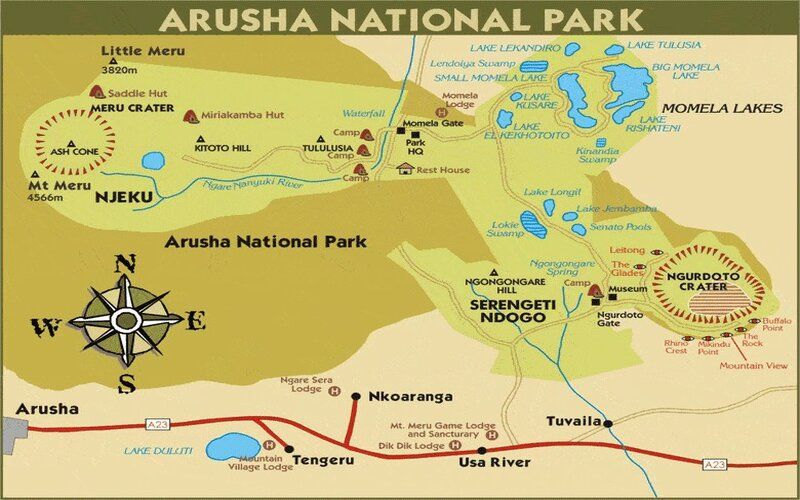
Ngorongoro Crater
World renowned as a place of absolute wonder, Ngorongoro Crater is a deep volcanic crater, dramatically beautiful and permanent home to nearly 25 000 animals with ideal game viewing opportunities all year round, Covering 300 square kilometres in the largest unflooded and unbroken caldera in the world, Ngorongoro supports a large resident population of wildlife including huge grazing herds of zebra, wildebeest, buffalo, eland and gazelle. Near the swamps and forest there are hippo, elephant, waterbuck, reedbuck, and bushbuck, baboons and vervet monkeys. Predatory animals include leopard, cheetah and large prides of lion. The rare black rhino can be seen, as can a wide range of birdlife.
Inside of the Ngorongoro Crater, you can explore the grassy crater floor, the forests, the lakes and the marshes. Lake Magadi is alakaline, caused by deposits of volcanic and are favourite hunting grounds for golden jackal, lion and hyena. Lerai Forest is named after the tall yellow barked acacia trees, where you will find many elephant, while the Gorigor Swamp is home to hippo and many water birds. But it is on the grassland where the sheer proliferation of animals is overwhelming, a safari spectacle that is truly worthy of the description of the 8th wonder of the world.
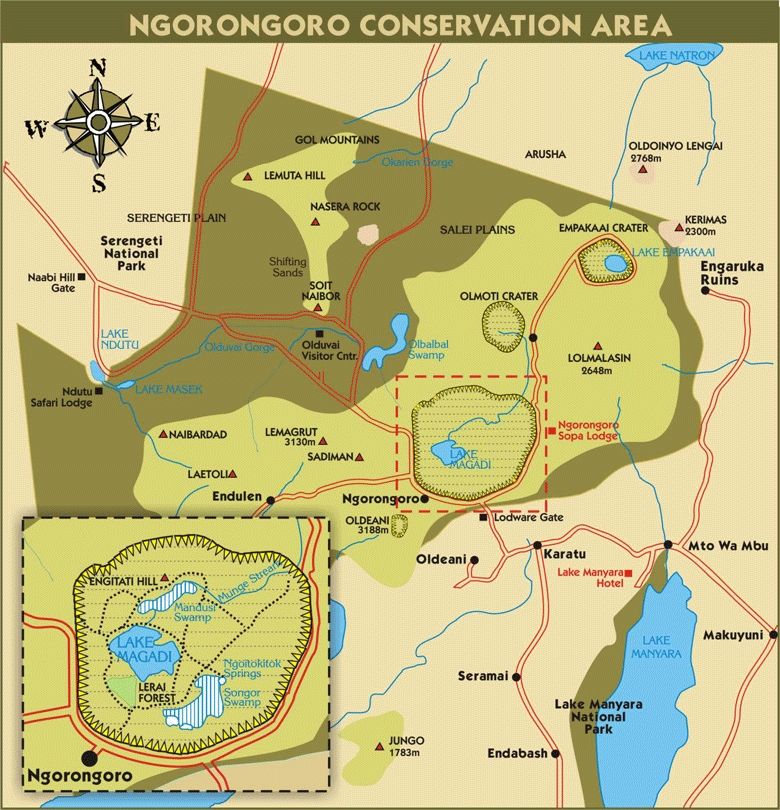
Lake Manyara National Park
A wilderness of diverse habitats and rich in game, Lake Manyara National Park is one of Tanzania’s smaller wilderness enclaves. It is this diversity of terrain, as well as plant and animal species that make Lake Manyara a truly remarkable and special place. Richly populated with game within a wealth of bio diverse habitats and renowned for its tree climbing lions, Lake Manyara offers a truly remarkable and intimate wildlife experience.
Vast herds of elephant and buffalo, thousands of flamingos, cheetah, Masai giraffe, impala olive baboons, Sykes monkeys, hippo, Egyptian mongoose and many more incredible sightings are set to be discovered on an early morning and late afternoon / early evening game drive through the Lake Manyara National Park.
Tarangire National Park
Close to Mto wa Mbu and possessing a unique combination of landscape and vegetation, dominated by the large number of baobab trees and an almost unparalleled number of bird species, as well as a diverse number of wildlife including the highest number of elephant in all the parks of northern Tanzania. A photographers paradise, you can find all the major grazing animals such as kudu, giraffe, zebra, wildebeest, eland and impala. Leopard, lion and cheetah are therefore also not far away, and during the dry season Tarangire offers a superb game viewing experience against an azure blue sky and the backdrop of dun hills and green forest.
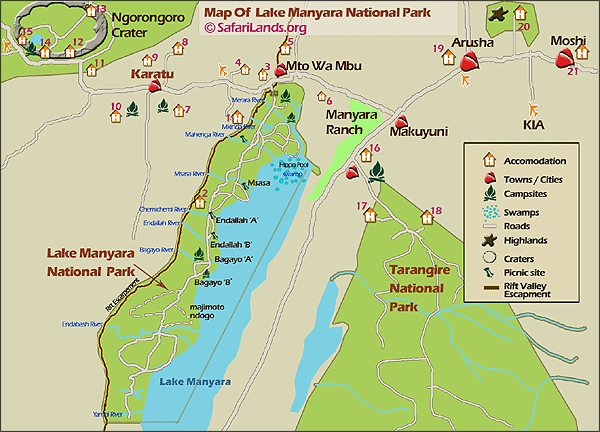
Serengeti National Park
The Serengeti is Tanzania’s most famous National Park and goes all the way to the Kenyan border. The park is teeming with stunning wildlife. It is thought that over 3 million large mammals roam in the Serengeti in vast open plains punctuated by rocky outcrops. The extensive grasslands are interspersed with Kopjes – rocky outcrops like islands in the flat plain, each with their own Wildlife communities.
Each year around the same time the great wildebeest migration begins in the Ngorongoro area of the southern Serengeti of Tanzania. A natural phenomenon determined by the availability of grazing. February marks the start of this great migration, preceding the long rainy season when wildebeest spend their time grazing and giving birth to approximately 500,000 calves within a 2 to 3 week period. Around October, nearly two million herbivores travel from the northern hills toward the southern plains, crossing the Mara River, in pursuit of the rains. In April, they then return to the north through the west, once again crossing the Mara River.
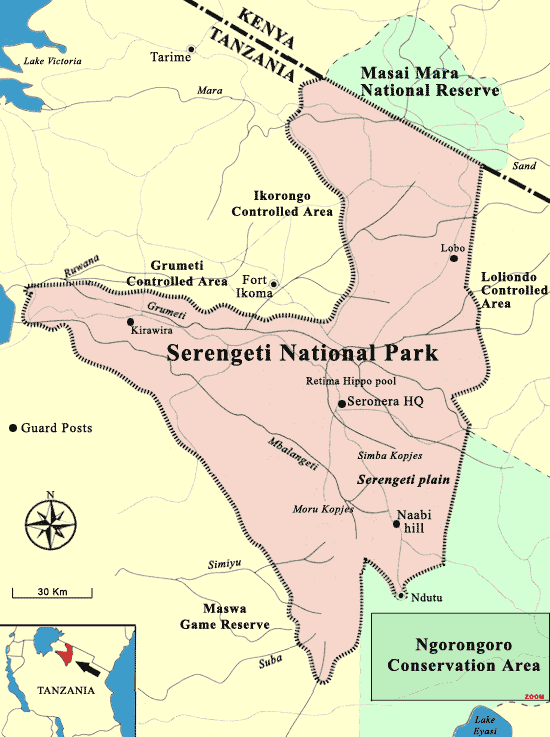
Frequently Asked Questions
Key Information & Guides
General Tanzania Information
Health and Safety Guides
Preparation & Kit Guides
Planning Your Trip
Book Your Adventure of a Lifetime Now
Discover our trips to other Countries
Other Trips You May Enjoy
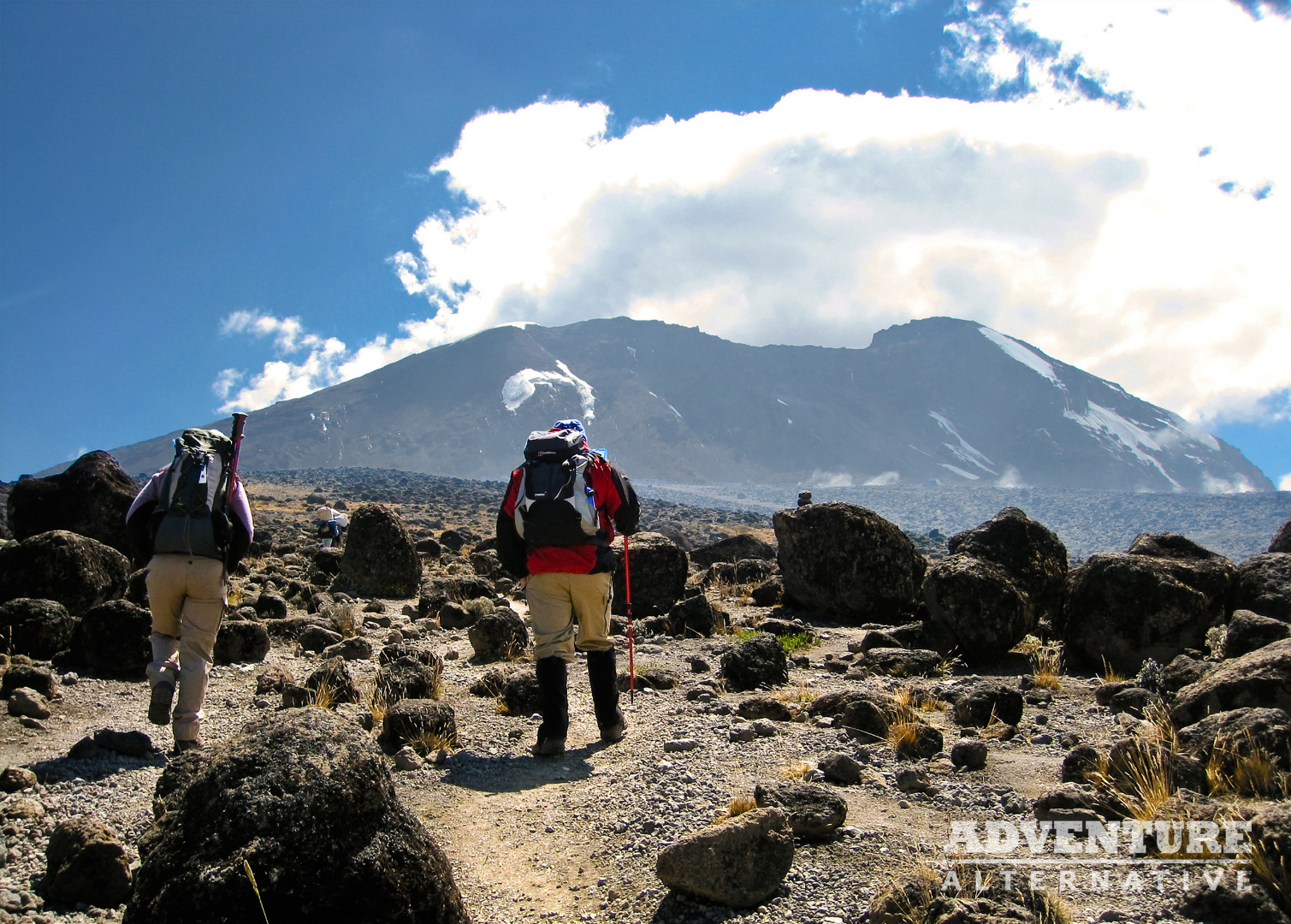
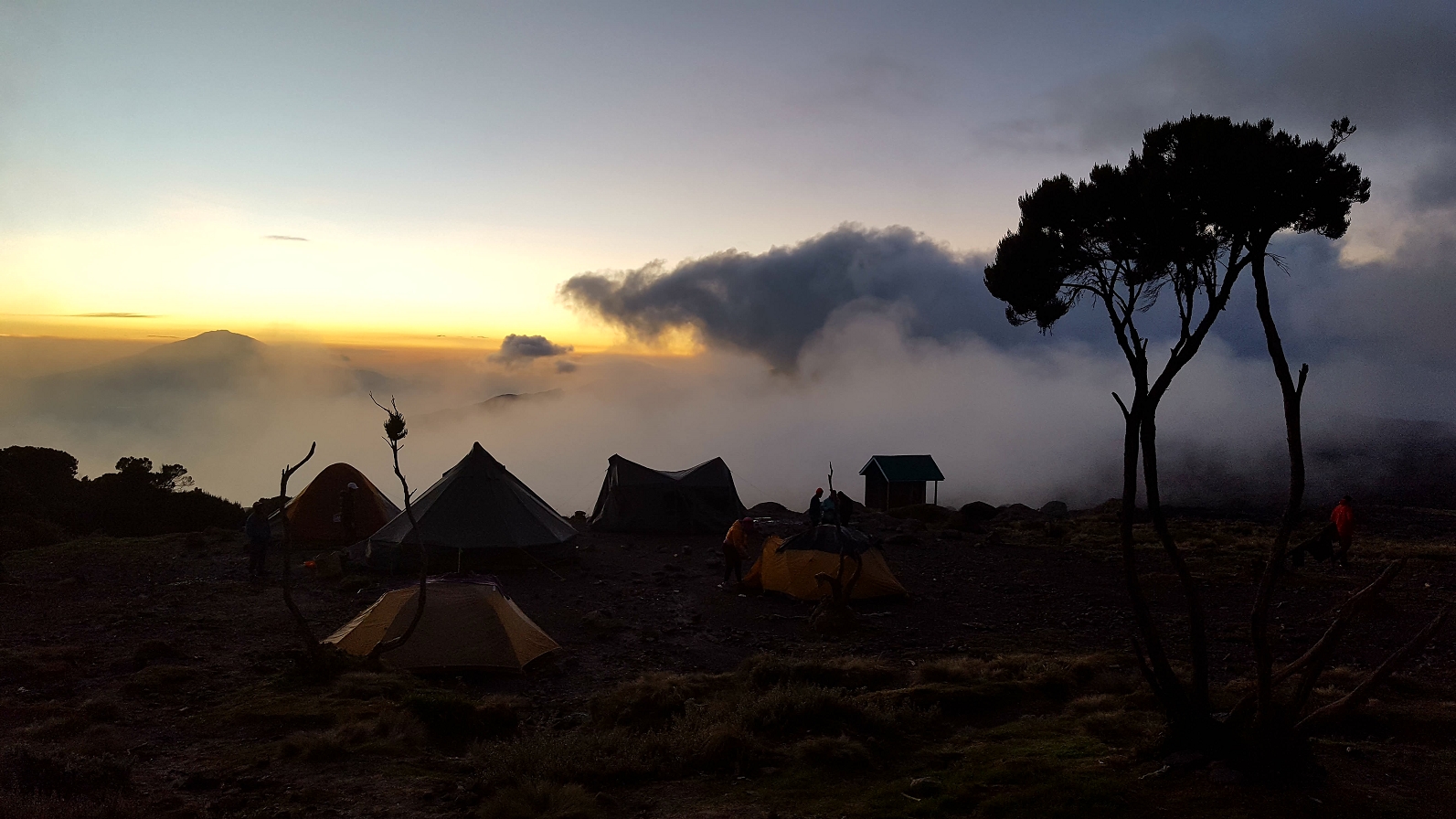
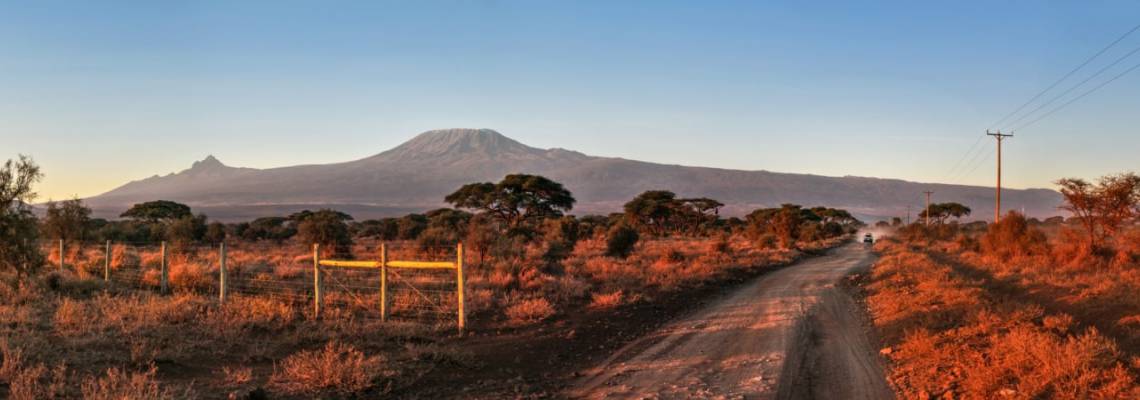
Our Tanzania Posts
We’re dedicated to helping you make the most of your next adventure trekking holiday. That’s why we’ve created our travel blog full of in-depth trekking guides, travel inspiration and other fantastic information. Having done all of these climbs many times already, we want to pass on our wealth of trekking wisdom to you.
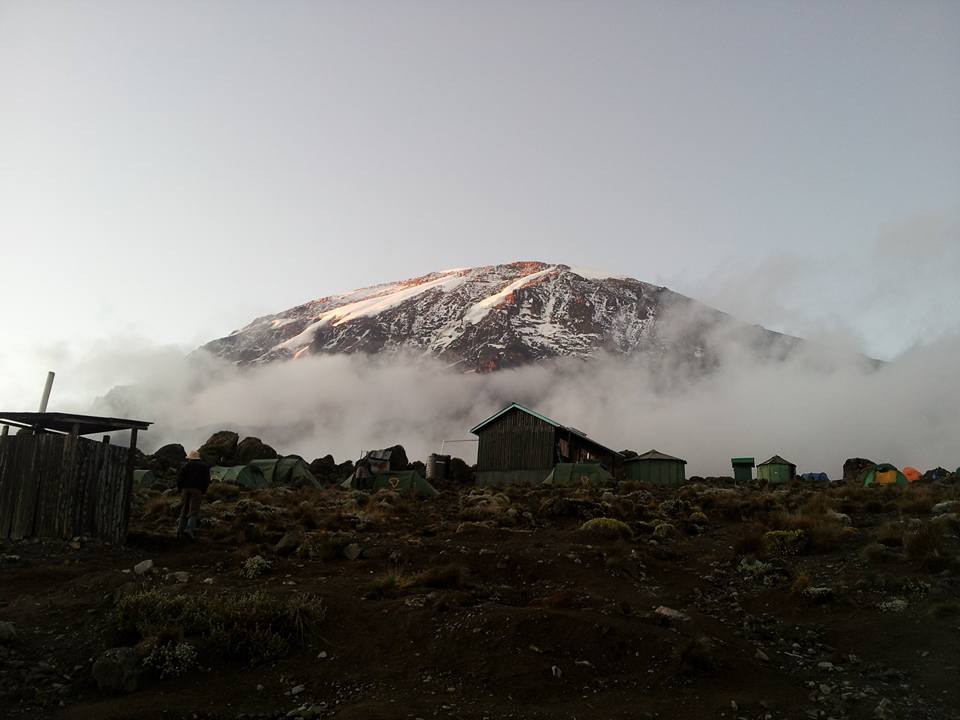
Why Kilimanjaro is a Great Mountain for Any Bucket List
Climbing one of the world’s tallest mountains is not a decision to be taken lightly – it will take endurance, a decent amount of fitness...
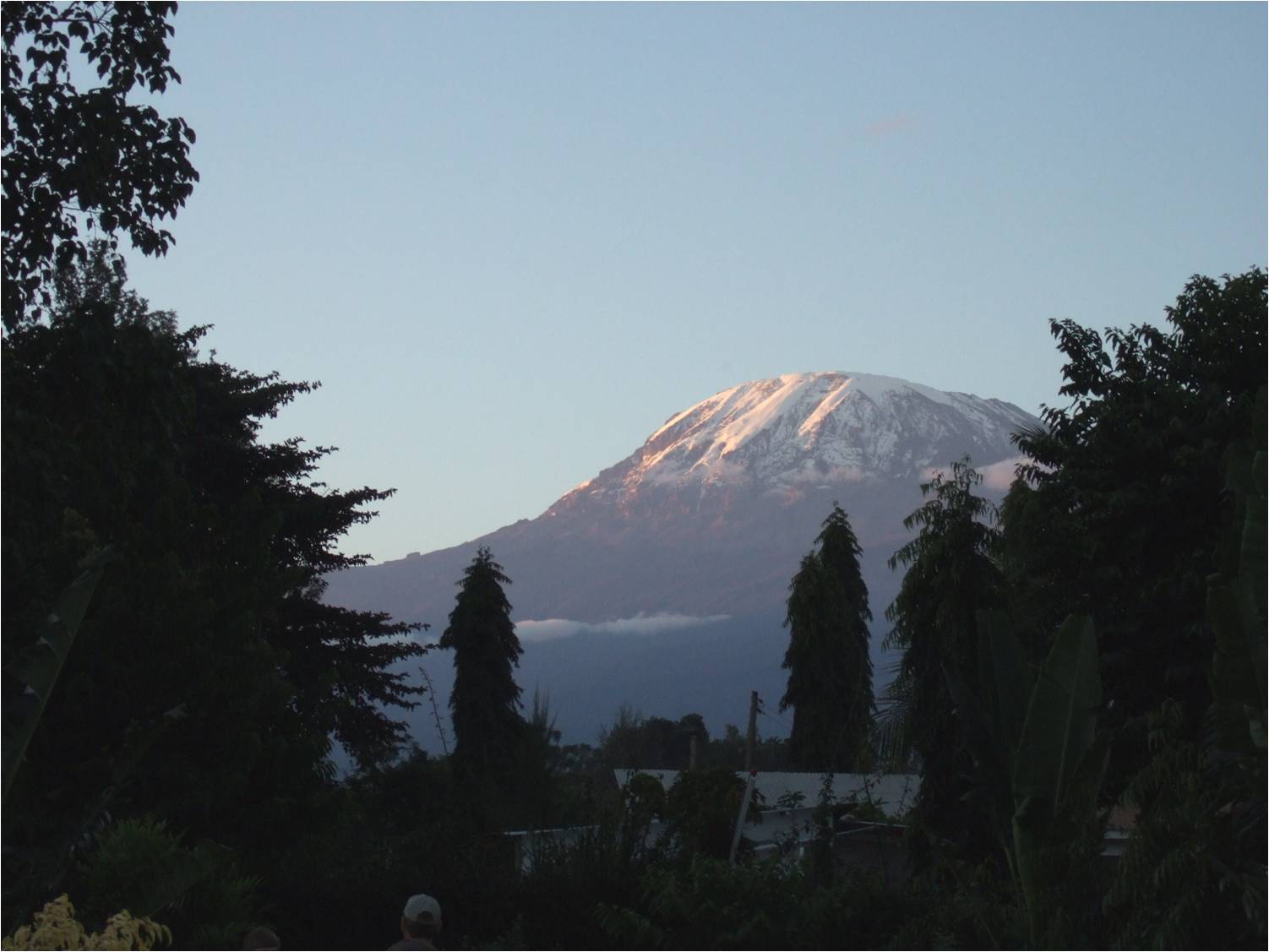
Kilimanjaro Compared to the Other Seven Summits
The 'Seven Summits' is a challenge first proposed and then completed by Richard Bass in 1985. The 7 Summits consists of climbing to the highest...
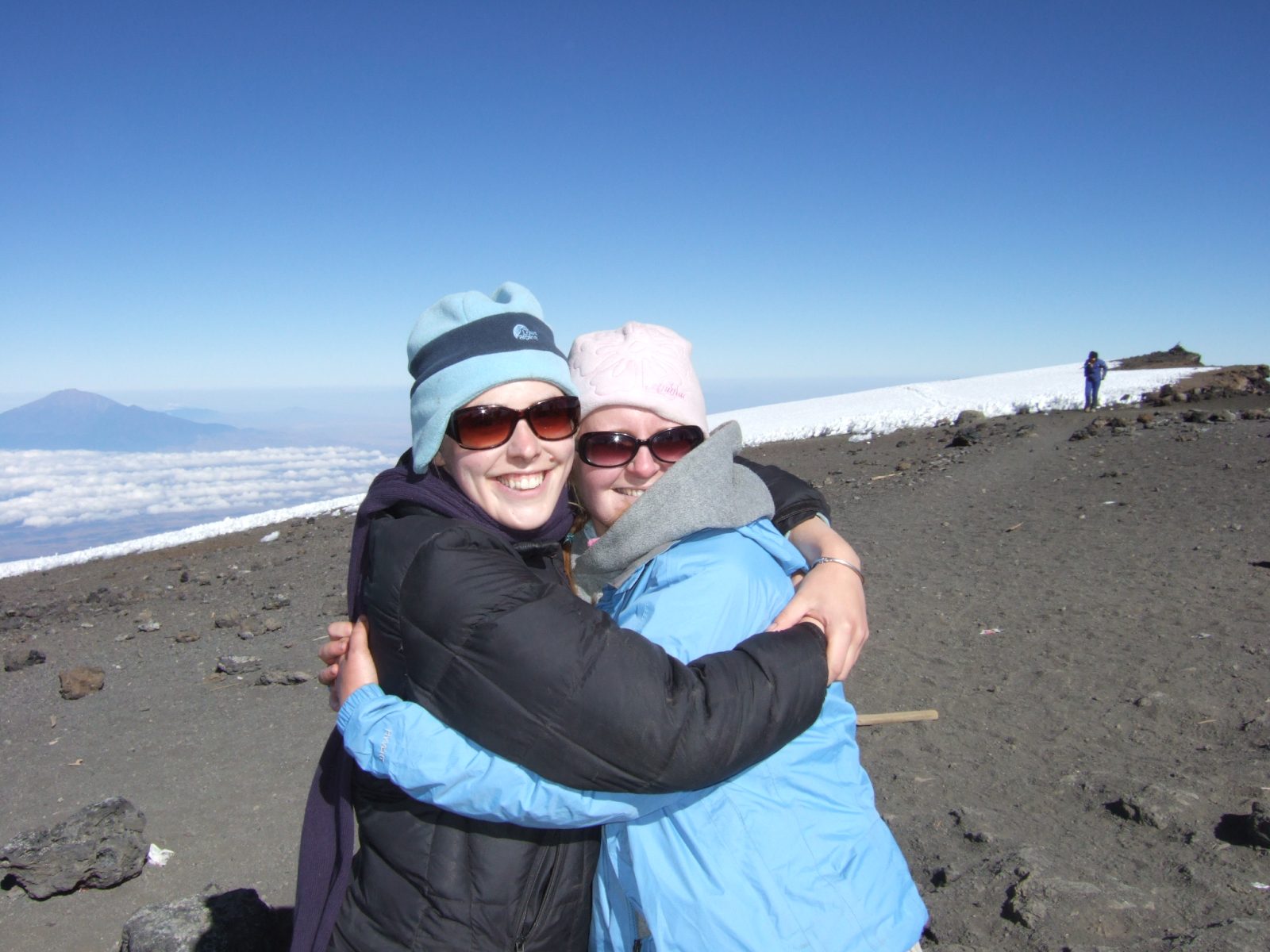
How can I Climb Kilimanjaro for Charity?
We often get asked, ‘how do I climb Mount Kilimanjaro for Charity?’ and the answer is easy, call us to have an initial talk about...
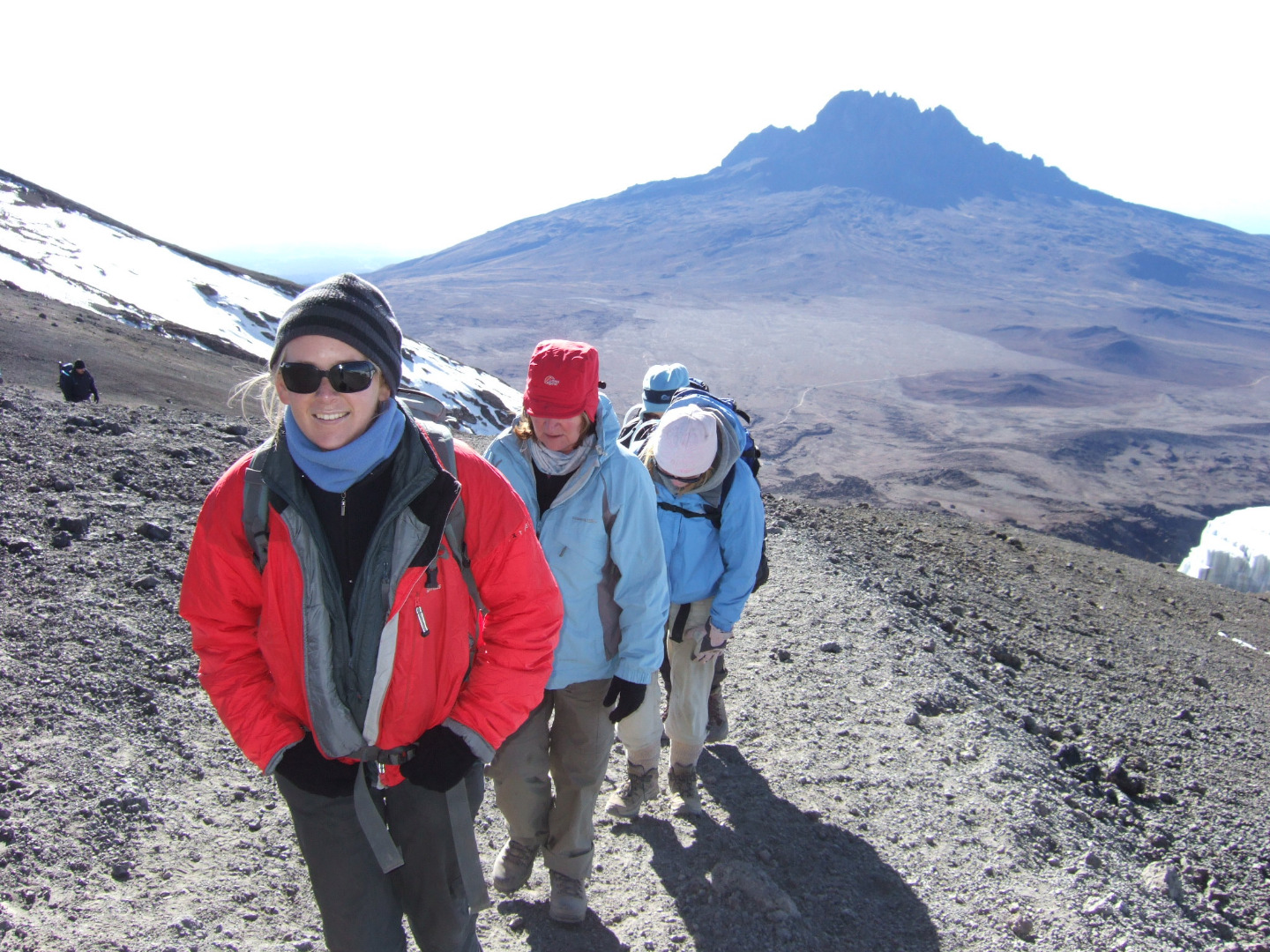
What to Wear on Kilimanjaro
What to wear on a Mount Kilimanjaro Trek is probably the question we get asked most and there is, of course, a kit list for...
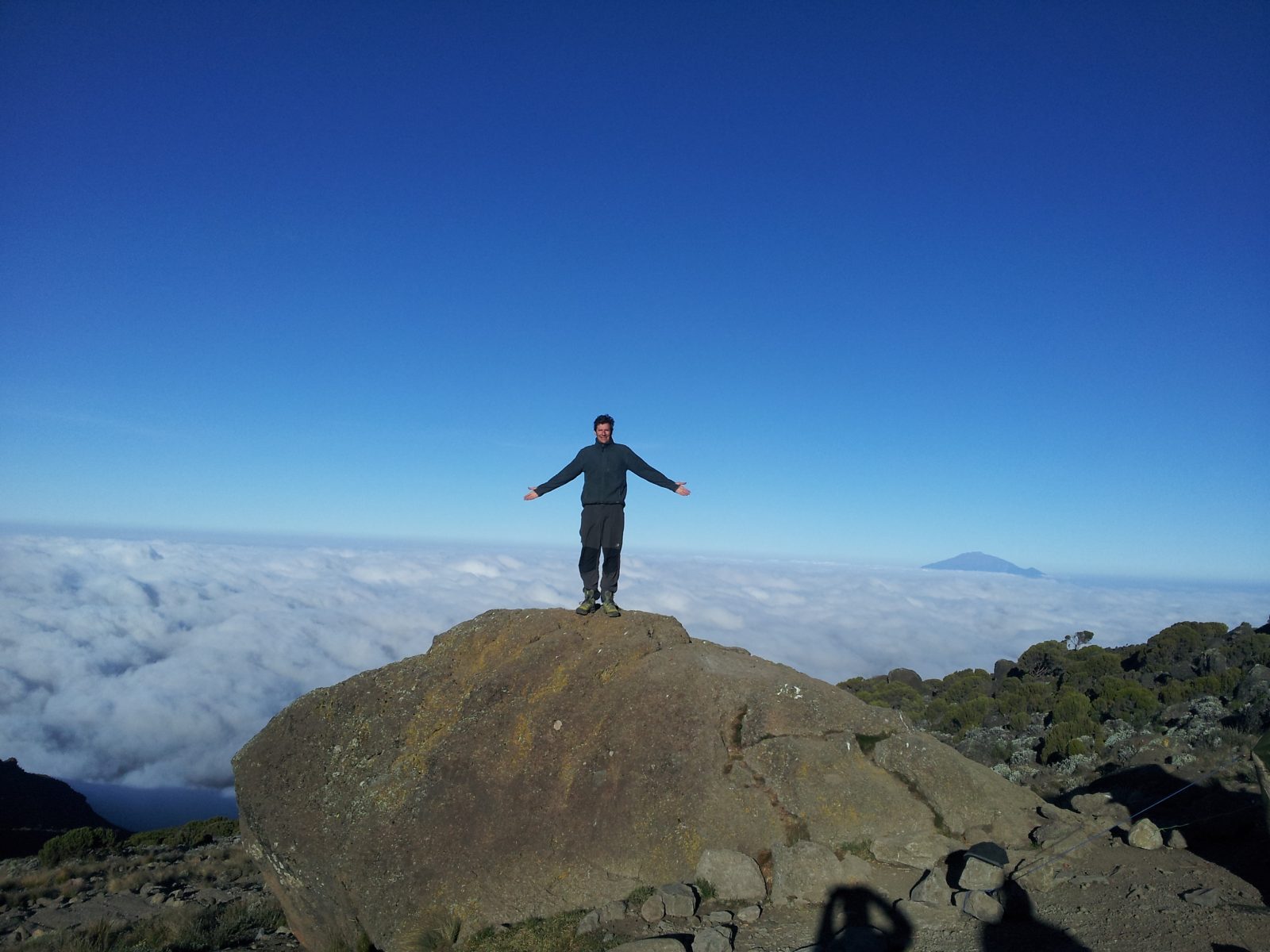
Kilimanjaro Diamox?
Regarding the use of Diamox on a Kilimanjaro climb, there is a tendency now for people to use it as a default drug in order to increase...
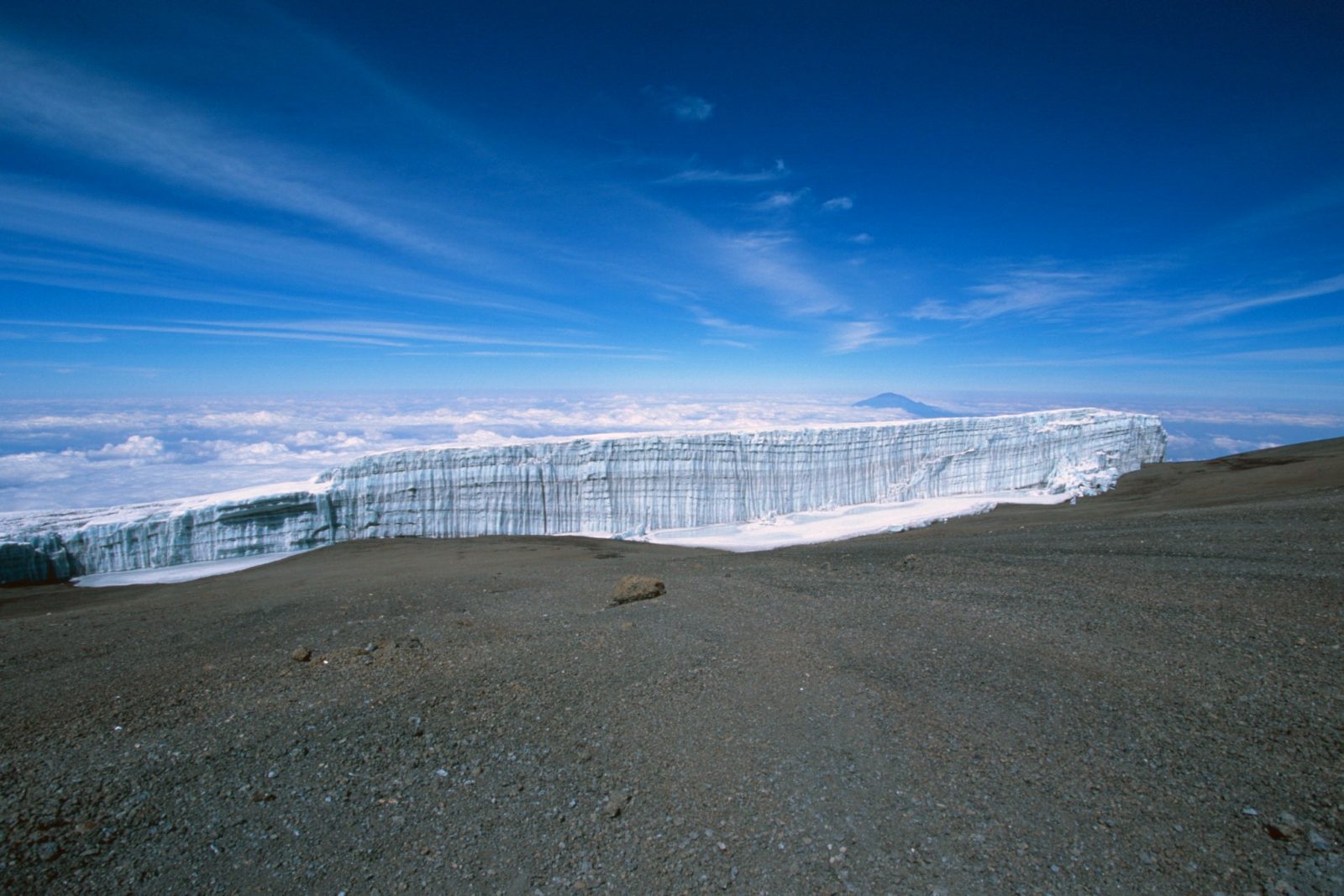
Weather and Seasons on Kilimanjaro
There is a magic about standing on the Roof of Africa. Mount Kilimanjaro, Africa's tallest mountain, stands 5895m above sea level. The climb...



